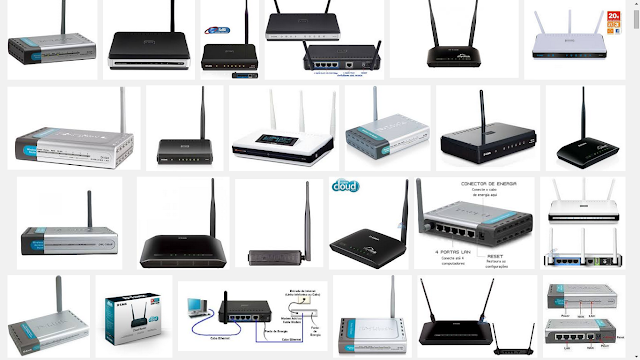[0x00] Introdução
Bom vamos lá esse artigo é bem simples porem bem útil para gurizada que curte um defacement porém não possui muito conhecimento e que passam um bom tempo ate conseguir "quebrar" um hash dessas CMS.
[0x01] Conceito Joomla
Não sei bem se podemos chamar de conceito porém esse termo se encaixa bem e se não me falha a memoria já vi um artigo similar em algum lugar só não me recordo o autor.
[0x01a] A Hash
A hash utilizada pelo Joomla é uma especie de MD5 que divide a senha em partes apos o : se o numero de caracteres for impar sera acrescentado um a mais na primeira md5.
[0x01b] Exemplo:
147c6577fd36d90147c4ee3a5a0cceaa:sWTeBV3KGXeCtb6ivBFXKBRhMIJE4O0 a parte em preto corresponde a 0X4 e a parte destacada em vermelho h4x
147c6577fd36d90147c4ee3a5a0cceaa:sWTeBV3KGXeCtb6ivBFXKBRhMIJE4O0 a parte em preto corresponde a 0X4 e a parte destacada em vermelho h4x
[0x02] Injeção
É bem semelhante a uma injeção de SQL normal apenas mudamos as tabela e colunas que vão ser exploradas em um caso normal estaríamos atras de colunas responsável pelo armazenamento do nome de usuário e senha porém dessa vez buscaremos a tabela responsável pelos códigos de ativação e email.
[0x02b] Tabela alvo
O alvo é _user o nome pode variar porem em 90% dos casos sempre possui _user e vamos pegar as colunas email e activation.
Pegaremos o email e o introduziremos em alvo.ru/index.php?option=com_user&view=reset apos isso é só colocar o código pego na coluna activation e será possível escolher uma nova senha.
[0x03] Conceito Wordpress
Não muda muita coisa da injeção em joomla apenas possui um tipo de hash ate o momento "desconhecida"
[0x03a] Tabela alvo e colunas
a tabela alvo é wp_users e as colunas são user_login user_activation_key.
[0x03b] Resetando
é bem semelhante ao joomla apenas muda o caminho por trata se de CMS diferentes primeiro entraremos em alvo.ru/wp-login.php?action=lostpassword e colocaremos o usuário que desejamos mudar a senha usuário obtido na user_login apos isso entraremos em /wp-login.php?action=rp&key=l33ts&login=h4x0r.
[0x04] Explicação Wordpress
Bom creio que todos tenham entendido a parte l33ts e h4x0r mas para os desatentos onde possui l33ts na url você introduz o código correspondente obtido em user_activation_key e onde localiza se H4x0r é o usuário obtido em user_login.
Solução ?
Mantenha seu CMS sempre atualizado e informe-se sobre novas falhas .
Mantenha seu CMS sempre atualizado e informe-se sobre novas falhas .

![[0x00] Introdução Bom vamos lá esse artigo é bem simples porem bem útil para gurizada que curte um defacement porém não possui muito conhecimento e que passam um bom tempo ate conseguir "quebrar" um hash dessas CMS. [0x00] Introdução Bom vamos lá esse artigo é bem simples porem bem útil para gurizada que curte um defacement porém não possui muito conhecimento e que passam um bom tempo ate conseguir "quebrar" um hash dessas CMS.](http://www.w3chacking.com/wp-content/uploads/2012/11/w3ctrlhacking-sql-injection-1140x600.jpg)




















